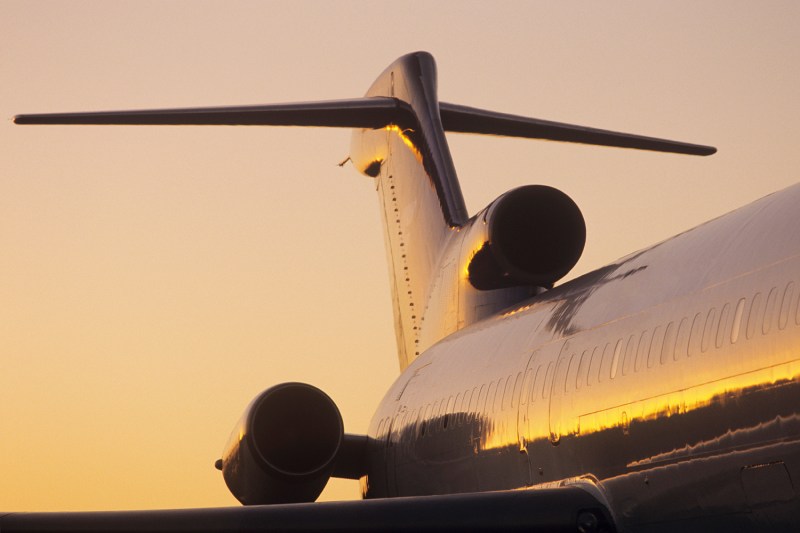
Aside from floating underwater, most of us will never know what it’s like to experience zero gravity. In fact, the only way to do so here on Earth is aboard a private, purpose-built plane that typically flies only over Nevada. New for 2020, however, the aptly named Zero-G Experience is bringing its one-of-a-kind aircraft to a dozen U.S. cities. If you’ve ever wanted a glimpse into life as an astronaut, this might be your year.
The modified Boeing 727, dubbed G-Force One (get it?), is the only plane of its kind in the United States certified for zero-gravity flights. To simulate the zero-g experience, pilots fly a unique parabolic route similar to a lowercase “n.” The plane must first reach a cruising altitude of 24,000 feet, where the pilot then pitches the nose up to about 45 degrees. Passengers experience a force of 1.8g during this initial ascent. After hitting 32,000 feet, the aircraft reaches the top of the parabola, where it’s slowly pushed over, nose toward the ground. Near the end of each parabola, the pilot gradually levels out to allow passengers time to stabilize on the floor.
During each maneuver, passengers are treated (or tortured, depending on who you ask) to 20-30 seconds of weightlessness. Every Zero-G Experience flight includes other aerial acrobatics to simulate lunar gravity (approximately one-sixth of that on Earth) and Martian gravity (one-third). Until space tourism is available to us commoners, this might be the next big thing. Passengers are advised to avoid booze and eat only a light breakfast beforehand. The “Vomit Comet,” as it’s affectionately known, doesn’t agree with every passenger. Pilot Erich Domitrovits has flown more than 5,000 parabolic flights. His secret to not getting stick? “I’ve never had the experience in the back of the plane,” he told Reno Gazette-Journal.
Not surprisingly, the Zero-G Experience doesn’t come cheap. A single ticket that guarantees 15 parabolic maneuvers with up to 30 seconds of microgravity each costs $5,400. Booking a private section of the plane (for up to 12) is pricier at $55,000 while chartering the entire aircraft will set you back a cool $165,000. Taxes are extra, but all of the prices do include catering, professionally shot photos and video, and a Zero-G swag bag. The expanded 2020 tour includes Atlanta, Houston, Miami, Seattle, and a handful of other U.S. cities.


